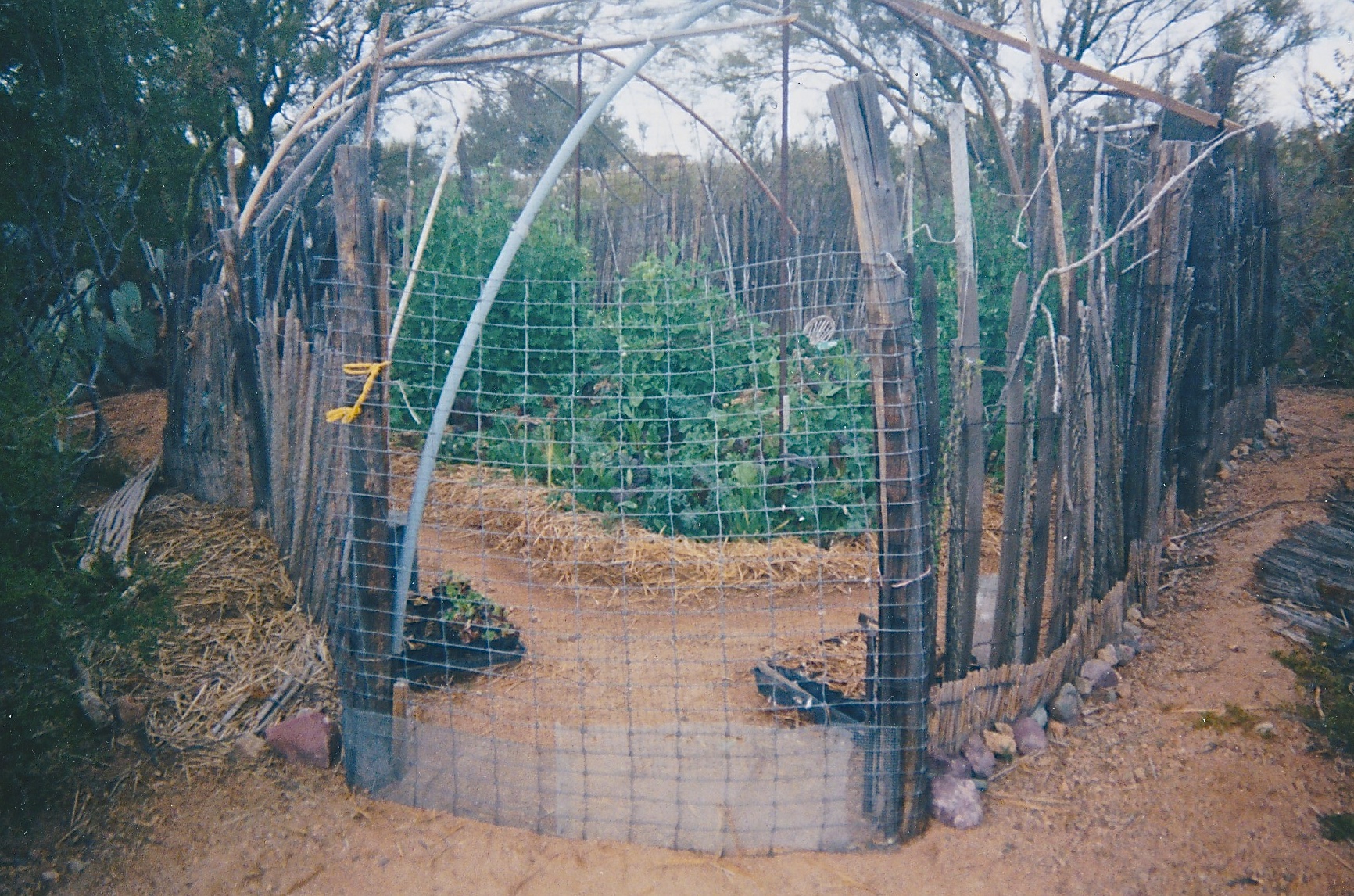Most gardeners know that, regardless of where you sow and grow, output never truly equals input; that is, loss is always part of the production equation. Crop loss may be caused by pests, climate factors, insufficient resources, and human mistakes, from seed to harvest and all stages in between. Any yield reduction is an income and sustenance loss, so energy and attention must be put to cause against such impacted income outcomes. Most farmers also know tried-and-true strategies for minimizing losses too. Any past loss that informs a future success is a good harvest in itself. Humble pie can be so filling…
Planting enough and successive times accounts for germination an seedling loss. Using beneficial insects and companion plants to mitigate pest damage is another proactive practice to protect food plants. Employing season-extending methods like warm greenhouses in winter and cool shade houses in summer reduces climate-related losses and extends yield seasons. Watering and amendment schedules keep plants at optimal health so they easily resist and recover from disease or damage. Myriad other higher-tech gizmos exist to combat pests great and small: anti-rodent vibration-emitters, squirrel throwers, electric fencing, bird-thwarting mylar pinwheels and streamers, deer fencing, faux-predator birds and snakes, appetizing foul-odor lures, baited live-release traps, etc.
Fences are an age-old, simple solution for keeping out unwanted pests that consume or damage crops. Fences mark a boundary between in/out, mine/yours, open/closed, and safe/vulnerable. My first desert garden mentor used moveable fences, 5-sided wire cages that protected active beds from hungry rabbits and squirrels. Around my first sunken-bed gardens in downtown Tucson, a 4-foot high fence kept out roaming dogs and cats. A crazy scarecrow confused some birds; others stayed their distance anyway, because of my two territorial cats.
When I moved out of town to a more rural location, factors city-dwellers rarely confront required consideration and action: wild animals. More infrastructure was needed to prevent the unwanted entry of snakes, lizards, rabbits, javelina, squirrels, and many birds, pursuing the salad bar and cool jungle oasis surely built for them. Competition for cool green food and refuge in a hot dry desert can be fierce! Wire mesh small enough to prevent flexible rodent and reptile skulls from squeezing through had to be attached meticulously to posts and fencing. Sinking fencing below grade is also wise; if not, heavy stone edging keeps nose-nudging javelinas from rooting under and into gardens. Consider them helpers in locating the weakest spots in your design }: (:). Don’t put it past them to clamber over low flimsy fence tops either. Some pigs!
Netting to enclose the top of the garden area is an effective final barrier to the winged raiders, like autumnal flocks of voracious sparrows who expertly remove every seed from every bed, and seemingly innocent quail who insist on raking aside straw cover in search of grubs and bugs, as if it’s a contest. Manic curved-bill thrashers do just that in moist soil and mulch. Netting with the smallest openings can even deny entry to lilting butterflies and moths, whose caterpillar offspring would otherwise hatch into armies from eggs laid on host plants, and devour them.
I call the whole set-up, from fence to wire mesh to netting to foolproof gates, Zartacla. That’s because it’s a refined design to keep things out; the opposite of Alcatraz. Yet, at the same time, the goal of keeping things out is keeping things in intact. Interesting edges, fences. To animals seeking access to the garden, the thin but rigid boundary, the visibility through to oasis inside, and exclusion frustration all confuse and confound–like the invisible glass pane boundary the moth bounces off of over and over in pursuit of light on the other side.
If Zartacla is the ultimate design to keep the unwanted out and the wanted in, that’s because Alcatraz, the notorious federal prison, was designed to keep the unwanted–wait, the wanted unwanted?–in, to prevent inmates from becoming outmates. The prison was built on Alcatraz Island, which sits in the choppy cold supposedly shark-infested waters of San Francisco Bay, with hazardous currents to boot. Federal officials claimed no successful prison breaks from Alcatraz in the 19 years they ran it, though a few inmates escaped the structure and made it to the water, but were never found, presumed drowned.
Stakes at Zartacla aren’t so high. Netting has trapped and killed some lizards, which I regret; it is not a perfect solution. I’m in a current struggle with leaf-cutter ants who have co-existed in my gardens for years. It’s not like I’m in control and allow them; quite the opposite. They can defoliate whole plants overnight. Some collective intelligence sends out workers to snip tendrils off trellised pea plants, so stalks fall to the ground for easy leaf harvest. The ants themselves are admirable farmers, cultivating fungus food on the stolen leaves in their subterrannean labyrinths.
Setbacks happen, but things will recover and growth prevails; I’ll replant consistently, too. Maybe in the end, the nibbling makes the plants stronger. In one garden breach, I attributed a growth spurt in survivor seedlings to soil aeration from pointy javelina hooves. Terrific!
Welcome to my green world. Just don’t forget to close the gate…


